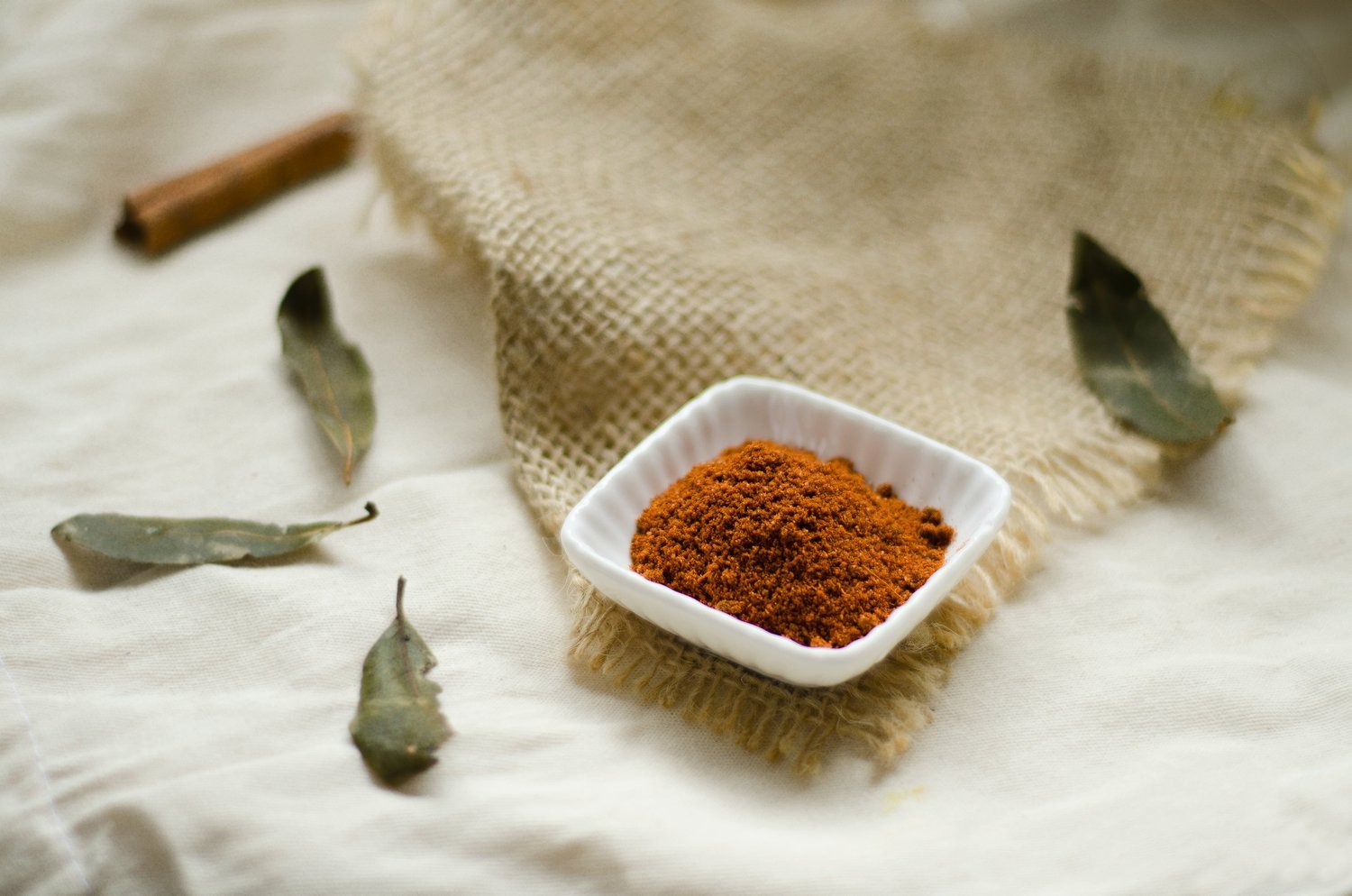Women’s Yoga & Why One Size Does Not Fit All with Indu Arora
Growing up in a South Asian household, I’m familiar with the rules and restrictions that were laid on us for seemingly no reason. “Avoid eating yogurt during your menstrual cycle, and avoid eating pickles!” But why? When knowledge is passed down without reasoning, it becomes an imposition at best and hierarchical at worst.
That is why I was so happy to sit down with Indu Arora, a lifelong student and teacher of the wisdom of yoga and Ayurveda and a popular guest on The Healing Catalyst podcast. Indu helps me answer those questions, saying, “It's not that something is going to necessarily be bad for you, but there can always be something that is better suited for you.”
Understanding our bodies from an Ayurvedic perspective.
Indu describes the Ayurvedic knowledge of our bodies as a playground for the five elements: earth, water, fire, air, and ether. These five elements combine to create the triad of bio-energies known as Kapha, Pitta, and Vata, which then correlate to three overarching stages of life—youth, adulthood, and old age.
These life stages are then associated with the three components of the body. The physical body (the physical tissues, the organs), the subtle body (the animator of the physical body, the beating of your heart, the movement of the gut, limbs, and eyes), and finally, the causal body (your mind, a pull to learn about something, to create, the higher knowledge we all contain). Kapha is associated with the physical, Pitta with the subtle, and Vata with the causal.
During each phase of life, the balance of these elements and energies will shift and change. If you understand the language of these five elements and how they relate to one another, you can transform them into power or Shakti. When the elements aren’t balanced, or we don’t understand their power or interactions, it may lead to disharmony within the body. It may not be noticeable right away, but our practices add up over the years and can create imbalance. When you develop health-protective routines, however, you support the harmony of the elements and, ultimately, your health. Many Westerners struggle with the idea that Ayurveda, and yoga in particular, don’t offer immediate gratification. Instead, these practices offer cumulative benefits that support your physical systems, your tissues, your mind, and even your emotional states.
Women’s yoga and menstrual health.
When you understand the cycles of your body, it’s easier to tailor individual practices to your body and its needs. The different phases of the menstrual cycle connect back to the triad of bio-energies. The premenstrual stage is associated with Kapha, the menstrual stage with Pitta, and the perimenopausal and menopausal with Vata.With this knowledge, practices can be chosen to aid the body during these processes instead of fighting against it. When done correctly, this can treat pain, ease cramping, and prevent discomfort.
In our conversation, Indu gives some ideas of different positions and poses to get you started. But as she stresses, it’s important to be aware of the body and seek more than a single source of knowledge when choosing your practices. Be wary of comparing your body with others, particularly if you’re learning by watching videos. Yoga philosophy cites three valid sources of learning: Anumana (assumptions, inferences), Pratyaksha (your own personal experiences), and Apta (books, teachers, parents, etc.). Finding the practices that work for you requires a combination of all three forms of learning.
Habits to support your hormonal health in 2024.
One piece of advice that Indu offers to help balance the body’s hormones is to satisfy your taste buds, which in turn can satisfy the body’s internal organs. “When an internal organ is dissatisfied, it creates cravings, false cravings, which we meet in a way which is not conducive to the body. So it's important to enjoy the taste. Whenever you're eating food…, my dear friends, enjoy the flavors. This is directly connected to your hormonal health.” Another idea Indu shares is to include the application of oil to the arms and body before practicing Yoga, whether during the Vata, Pitta, or Kapha stages of life. The use of oil can specifically help in calming Vata, which in turn aids one’s ability to move.
A final micro-habit is to expose yourself to the light of day and the dark of night. This helps the release of cortisol and melatonin at the correct times of day and can help your body get ready in the morning and wind down in the evening. Going out for a walk twice a day at these times, at whatever pace your body can handle can help tremendously. As I say, “You're doing something relaxing. You're connecting with nature. You're connecting to something larger than yourself.”
Learn more from Indu Arora.
If you want to learn more from Indu, she has much to offer this year!
Starting February 10, her Yoga Nidra Training provides a path for rediscovering your true nature through this ancient practice that eases tension and uneasiness.
In August, she will offer Essential Ayurveda for Yoga Practitioners, a 50-hour program detailing the essential, non-negotiable Ayurveda as it applies to Yoga.
Finally, go to her website to find her books, where she shares her 20+ years of experience in Yoga and Ayurveda. You can also find her on Instagram and Facebook.
Be well,
Avanti Kumar-Singh, MD






















